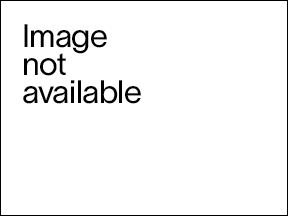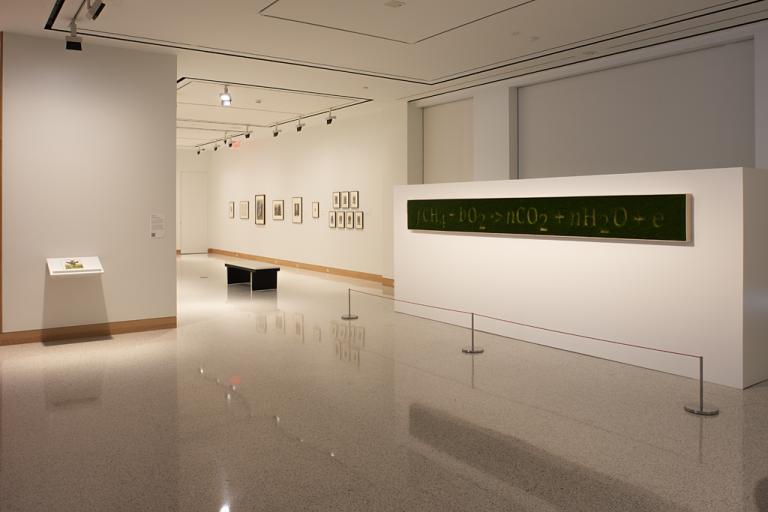Chernobyl Herbarium, Anaïs Tondeur
Artwork Overview

Anaïs Tondeur, artist
born 1985
Chernobyl Herbarium,
2011–2016
Where object was made: Europe
Material/technique: inkjet print
Credit line: Anaïs Tondeur, Chernobyl Herbarium, 2011–16
Accession number: EL2018.005.01-30
Not on display
If you wish to reproduce this image, please submit an image request
